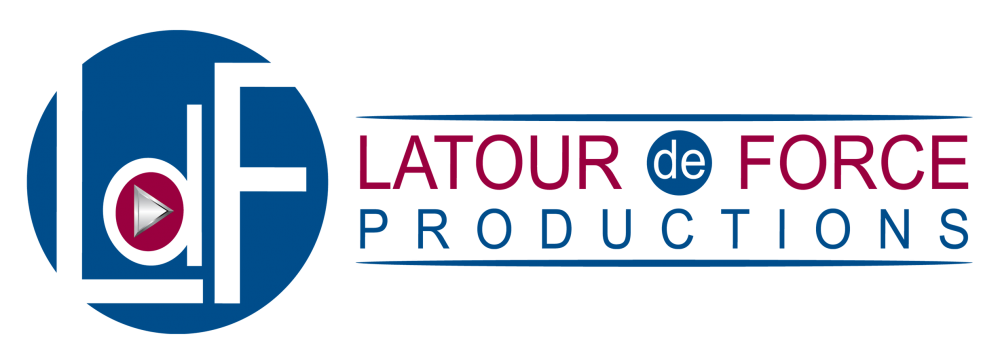How to Create a Demo Reel the Smart Way
You’re an actor and you finally have copies of your film and TV work. There’s the student film the director promised you a year ago, but thank goodness, you still look pretty much the same. You have the Funny or Die sketch, with the “smart-aleck” hand puppet; the commercial for a Midwestern grocery store that will only play in Peoria; and footage from your industrial film promoting the new drug for your character’s embarrassing, uh, medical issue. And the pièce de résistance: your one scene as a promiscuous witness on “Law and Order: SVU,” where the camera is right on you for three of your five lines! That means you’re officially ready to create a reel. Because a good professional reel will directly increase your chances of being hired for the types of roles that you want, how do you make the most of your material?
Compiling it yourself with your computer’s pre-loaded editing software is an option, but then you have the dubious task of first trying to figure out how to use the program. Not to mention weeding through your clips to decide what works best and then strategically organizing them to show your talent to its best advantage. How long should a reel be? How do you order your clips? And are you sure that puppet isn’t upstaging your performance?
After you realize that this is all a lot more involved than just “cutting and pasting,” you come to the smart decision to hire a professional editor. Actors hire a professional photographer for their headshots, rather than posing in their living room for their significant other’s new point-and-shoot camera. Why wouldn’t the same importance be placed on hiring an editor?
The first step in hiring an editor is viewing samples of his or her work. How were the reels customized to the actor? Is the editing job professional? With the kind of software your computer doesn’t come home from the Apple Store with, editors can adjust the sound and do badly needed color correction, which isn’t necessarily available in consumer-based editing programs. Even though you might be intent on using every single film you’ve been a part of, a good editor will prove that quality is much more effective than quantity.
In terms of cost, packages vary with each editor. Some charge a flat rate, which is much more cost effective than being charged for each individual service, as that can add up. When you meet with the editor, ask about the best way to use those student films and get an honest, professional opinion on how you look now compared with a year ago. See if he or she has suggestions on making the most out of those three lines in the “SVU” clip. Find out if you can include the industrial film without embarrassing yourself.
Good editors collaborate with their clients on choosing the footage that best showcases them, isolating and using only the best bits from that student film; making Mariska Hargitay seem like the guest star that week on “SVU”; and putting that puppet in its place! That medical issue clip? Strategically placed at the end as a “button” for a comedic effect, making the final product a dynamic attention-grabbing reel.
http://www.backstage.com/advice-for-actors/how-create-demo-reel-smart-way/

